Ready-Made Workbenches
The best are rock solid, dead flat, and a joy to use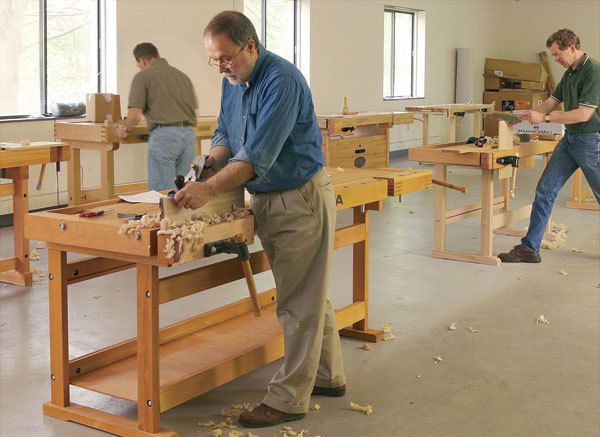
Synopsis: Fine Woodworking editors do a head-to-head review of eight ready-made woodworking workbenches, checking them for stability, how well the vises worked, how easy the benchdogs were to use, general appearance, quality of finish, and utility of any storage shelves, trays, or cabinets. Benches were measured with a straightedge, feeler gauges, combination square, and scales. After using each of the benches, the editors concluded that even though choosing a workbench is highly subjective, a few models stood out from the crowd.
Benches tested include: Lie-Nielsen, Hoffman & Hammer, Diefenbach, Garrett Wade, Grizzly, Laguna, Sjoberg, and Veritas.
At the heart of any woodworking shop is a solid workbench, but there has long been a debate over whether it’s better to build your bench or buy it. Then there is the conundrum that you need a bench in order to build a bench. And if you think you can make a bench for a fraction of the cost of buying one, you may want to rerun the numbers: Remember that you can’t buy 12/4 maple in bulk like a manufacturer can, and even if you handpick your boards, you’ll have to cut away some knots, swirly grain, or checking. Add in the cost of some high-quality hardware and you’ll find the savings melting away fast.
However, buying a workbench is rather like shopping for shoes: A single brand can have numerous models; the pros and cons of different features are not obvious without trying them out; and one size definitely doesn’t fit all.
To help simplify the process of buying a bench, Fine Woodworking decided to test some models head to head. Because personal preference plays such a large role when selecting a workbench, rather than use a single author, we decided to let all the editors have their say. Sure enough, opinions varied widely on some benches, but overall there was a consensus on the winners. If you are in the market for a workbench, this survey should help you pick one that suits you.
How the benches were selected and tested
We chose benches approximately 6 ft. long by 2 ft. wide, with both a front and a tail vise, that were robust enough to stand up to the rigors of planing, chopping, and sawing by hand.
Eight manufacturers or retailers supplied benches that met these criteria. Nearly all of them make or sell benches of different sizes and with other features than the ones we tested, so if you like the brand but not the bench, check their Web sites for alternatives.
More from FineWoodworking.com: |
For the more subjective part of the test, the editors recorded how stable the bench felt, how well the vises worked, and how easy the dogs were to use. They also noted the general appearance of each bench; the quality of the finish; and the utility of any storage shelves, cabinets, or tool trays.
When we were done, John White, our shop manager, moved in with his straightedge, feeler gauges, combination square, and scales to objectively measure each bench. Workbenches vary enormously. You really do have a wide choice when it comes to price, quality, and configuration. More than any other tool in your shop, a good workbench should last you a lifetime, so choose wisely.
From Fine Woodworking #188
For the full article, download the PDF below:
Fine Woodworking Recommended Products

WoodRiver Router Bit Storage Case

Woodriver Rechargeable Desiccant Bag



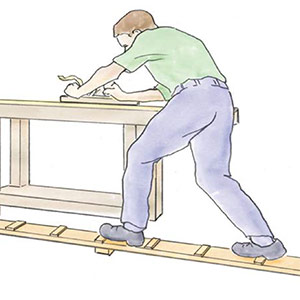
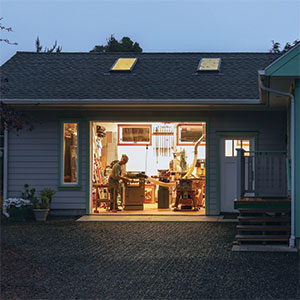
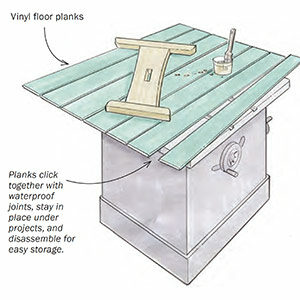
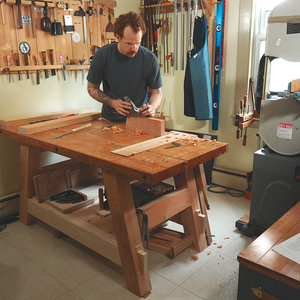















Log in or create an account to post a comment.
Sign up Log in